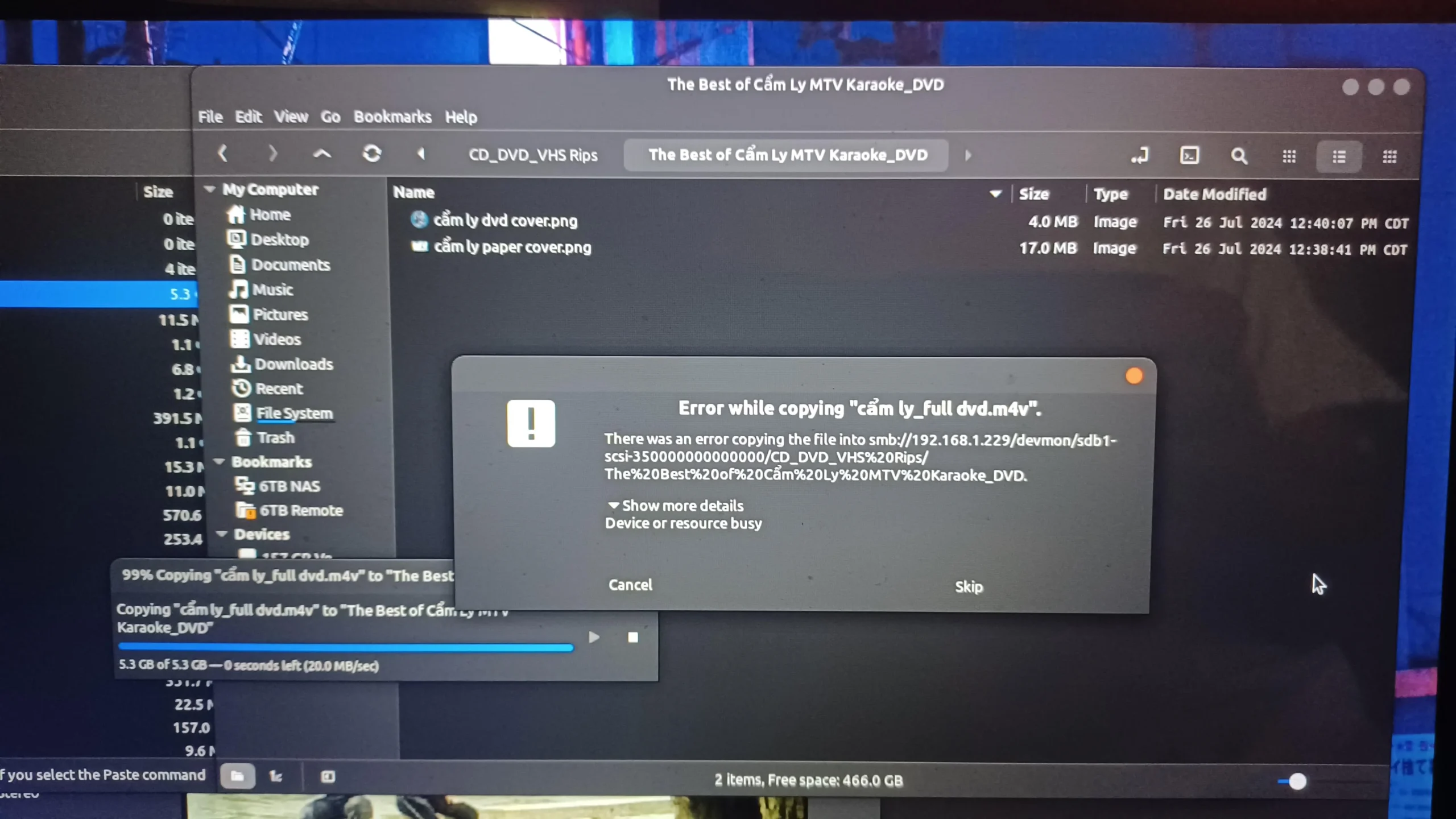Introduction: The Bitcoin Revolution
The Rise of Bitcoin and Its Impact on the Financial Landscape the ever-evolving world of finance, Bitcoin has emerged as a powerful force, revolutionizing how we think about money, investment, and trust itself. Since its inception in 2009, Bitcoin has transformed from a niche digital currency used primarily by tech enthusiasts into a mainstream financial asset embraced by individuals and institutions worldwide. Its journey is not just a tale of technological innovation; it’s a narrative of economic empowerment, resistance against traditional financial systems, and a quest for a decentralized future.
Bitcoin’s appeal lies in its promise of financial sovereignty. It offers users a means to conduct transactions without the need for intermediaries, which can often impose fees and restrictions. As we explore the trajectory of Bitcoin, its unique characteristics, and its implications for the future of finance, we’ll also delve into resources like crypto30x.com Bitcoin, which offers insights and tools for navigating this complex landscape. The story of Bitcoin is one of volatility and resilience, capturing the imagination of millions and challenging the status quo.
This article aims to provide a comprehensive analysis of Bitcoin, covering its origins, growth, economic implications, risks, future trends, and global perspectives. Each section will delve into critical aspects of Bitcoin’s journey, offering a detailed understanding of its impact on the financial landscape.
The Origins of Bitcoin: A Revolutionary Concept
The Genesis Block: Creating the Foundation
Bitcoin was introduced by an anonymous figure known as Satoshi Nakamoto in 2008 through a whitepaper titled “Bitcoin: A Peer-to-Peer Electronic Cash System.” The motivation behind Bitcoin’s creation was multifaceted. Following the 2008 financial crisis, skepticism toward traditional banking systems grew. Many individuals felt disenfranchised and powerless as they witnessed the failures of major financial institutions and the subsequent bailouts that prioritized corporate interests over individual welfare.
Nakamoto envisioned a currency that could operate independently of any central authority, offering users more control over their finances. This desire for autonomy and security led to the birth of Bitcoin—a decentralized currency designed to facilitate peer-to-peer transactions without the need for intermediaries like banks.
The release of the Bitcoin software in January 2009 marked the birth of the first decentralized cryptocurrency. The first block, known as the Genesis Block, was mined on January 3, 2009. Embedded in this block was a message referencing a newspaper headline about bank bailouts, underscoring the motivation for creating an alternative financial system. This moment not only represented the technical achievement of launching Bitcoin but also symbolized a philosophical stance against the established financial order.
The Blockchain Technology: The Heart of Bitcoin
At the core of Bitcoin lies blockchain technology, a distributed ledger that records all transactions across a network of computers. This technology eliminates the need for intermediaries, enabling peer-to-peer transactions. Each block in the blockchain contains a list of transactions and a reference to the previous block, creating a secure and immutable chain.
Blockchain’s decentralized nature ensures that no single entity has control over the network, making it resistant to censorship and fraud. Each transaction is verified by network participants (nodes), and once added to the blockchain, it cannot be altered or deleted, ensuring transparency and security.
The significance of blockchain extends beyond Bitcoin. It has the potential to disrupt various industries, including supply chain management, healthcare, and voting systems. Understanding blockchain is crucial for grasping Bitcoin’s significance as it represents a foundational shift in how we perceive trust and verification in digital interactions.
The Growth of Bitcoin: From Obscurity to Prominence
The Early Days of Bitcoin
Bitcoin’s journey began with its first recorded transaction in 2010 when a programmer named Laszlo Hanyecz famously paid 10,000 BTC for two pizzas. This moment marked a significant milestone, transitioning Bitcoin from an experimental concept to a viable currency. Early adopters recognized Bitcoin’s potential, and small communities began to form around it.
As Bitcoin gained traction, the establishment of the first exchanges, such as Mt. Gox, allowed users to trade Bitcoin for fiat currencies, increasing its accessibility. Initially, Bitcoin was primarily used for online transactions in dark corners of the internet, attracting a somewhat dubious reputation. However, as more businesses began accepting Bitcoin, its legitimacy grew.
By 2013, Bitcoin was gaining significant media attention, leading to increased public interest and investment. The first major price spike occurred in late 2013, when Bitcoin reached $1,000 for the first time. This surge drew in a wave of new investors, further expanding Bitcoin’s reach.
The Price Surge: From Dollars to Thousands
In late 2017, Bitcoin experienced a meteoric rise in price, reaching nearly $20,000. This surge was driven by several factors, including a surge in media coverage, increased public interest, and the entry of institutional investors. Social media played a pivotal role in this explosion of interest, with platforms like Twitter and Reddit serving as hotbeds for discussions and speculation.
However, the excitement was short-lived. By early 2018, Bitcoin’s price plummeted, leading to a significant market correction. This volatility highlighted the speculative nature of cryptocurrency investments and sparked debates about the sustainability of Bitcoin’s growth.
Despite this downturn, Bitcoin’s resilience shone through as it gradually regained value. The market corrected itself, and by late 2020, Bitcoin entered another bullish phase, surpassing its previous all-time highs. The introduction of institutional investments, such as those from companies like MicroStrategy and Tesla, further legitimized Bitcoin as a viable asset class.
Understanding Bitcoin: A Deep Dive
What Makes Bitcoin Unique?
Bitcoin stands out among cryptocurrencies for several reasons. Its finite supply—capped at 21 million coins—creates scarcity, a fundamental economic principle that can drive value. This scarcity, coupled with increasing demand, positions Bitcoin as a potential hedge against inflation.
Bitcoin’s decentralized nature ensures that no single entity can manipulate the currency, fostering trust among users. Transactions can be conducted without the need for intermediaries, allowing for greater autonomy and control over one’s finances.
Additionally, Bitcoin operates on a secure and transparent network. The use of cryptographic algorithms makes it challenging to counterfeit or double-spend, providing users with confidence in the validity of their transactions. These attributes position Bitcoin as a unique asset class, distinct from traditional currencies and commodities.
The Role of Miners: Securing the Network
Miners play a crucial role in the Bitcoin ecosystem by validating transactions and securing the network. The mining process involves solving complex mathematical puzzles to add new blocks to the blockchain. In return for their efforts, miners receive Bitcoin as a reward, incentivizing them to contribute their computational power.
However, the environmental impact of Bitcoin mining has become a topic of debate. As the network grows, the energy consumption associated with mining has raised concerns about sustainability. Some estimates suggest that Bitcoin mining consumes as much energy as entire countries.
In response, the industry is exploring innovative solutions to make Bitcoin mining more environmentally friendly. This includes transitioning to renewable energy sources and developing more efficient mining hardware. The evolution of mining practices will be critical as Bitcoin seeks to maintain its reputation and address environmental concerns.
Bitcoin and Its Economic Implications
Bitcoin as a Store of Value
Many investors view Bitcoin as “digital gold,” a store of value that can hedge against inflation. Its limited supply, coupled with increasing demand, positions Bitcoin as a potential safeguard against traditional economic uncertainties. Historical data indicates that Bitcoin has outperformed gold and other assets over the long term, attracting interest from institutional investors looking for diversification.
The COVID-19 pandemic further accelerated this trend as governments worldwide implemented unprecedented monetary policies, leading to concerns about inflation and currency devaluation. Bitcoin’s characteristics as a deflationary asset made it an attractive option for investors seeking stability.
In times of economic turmoil, Bitcoin has demonstrated its ability to retain value. For instance, during the economic downturn in 2020, Bitcoin’s price surged as investors flocked to digital assets, viewing them as a hedge against the uncertainties of the traditional financial system.
The Impact on Traditional Finance
Bitcoin’s emergence has disrupted traditional financial systems, prompting banks and financial institutions to reevaluate their business models. As more consumers turn to Bitcoin for transactions and investments, established players are forced to adapt.
Some banks have begun offering cryptocurrency-related services, including trading and custody solutions. Others are exploring the creation of their own digital currencies to remain competitive. For example, central banks in various countries are investigating Central Bank Digital Currencies (CBDCs), which could offer a state-backed alternative to cryptocurrencies.
This section will discuss how Bitcoin challenges conventional banking practices and the responses from established financial players. The rise of Bitcoin has forced banks to innovate, leading to the development of new financial products and services that incorporate cryptocurrencies.
Navigating the Risks: Volatility and Security
Understanding Bitcoin’s Price Volatility
Bitcoin’s price is notoriously volatile, with dramatic fluctuations occurring within short timeframes. Factors contributing to this volatility include market sentiment, regulatory news, technological developments, and macroeconomic trends. Understanding these drivers is crucial for investors looking to navigate the crypto landscape.
Historically, Bitcoin has experienced significant price swings. For instance, in December 2017, it soared to nearly $20,000, only to plummet to around $3,000 by December 2018. Such volatility can present opportunities for traders but also poses risks for long-term investors.
This section will provide insights into historical price movements, analyzing patterns and trends to help investors make informed decisions. Additionally, strategies for managing risk, such as diversification and dollar-cost averaging, will be discussed.
Security Concerns: Protecting Your Investment
With the rise of Bitcoin has come an increase in security threats, including hacks, phishing scams, and fraudulent schemes. High-profile incidents, such as the Mt. Gox hack, where approximately 850,000 BTC were stolen, have highlighted the importance of security in the cryptocurrency space.
To protect their investments, users must be vigilant and adopt best practices for security. This includes using hardware wallets, enabling two-factor authentication, and being cautious of phishing attempts.
Moreover, the industry is evolving to enhance security measures, with exchanges implementing more robust security protocols and insurance policies to protect users’ funds. As Bitcoin continues to grow, addressing security concerns will be critical for fostering trust among users.
The Future of Bitcoin: Trends and Predictions
Institutional Adoption: The Next Frontier
As more institutions recognize the potential of Bitcoin, its adoption continues to grow. Major companies like Tesla and Square have made significant investments in Bitcoin, signaling a shift in corporate attitudes toward digital assets.
Institutional investors have also begun to enter the market, with hedge funds and asset managers allocating portions of their portfolios to Bitcoin. The introduction of Bitcoin exchange-traded funds (ETFs) is further legitimizing Bitcoin as a viable asset class.
This section will explore the implications of institutional adoption for Bitcoin’s price and legitimacy, as well as the potential for future growth. The increasing acceptance of Bitcoin by mainstream financial institutions could lead to greater stability and a more mature market.
Regulatory Landscape: Navigating the Challenges
The regulatory environment surrounding Bitcoin is complex and constantly evolving. Different jurisdictions have adopted varying approaches to cryptocurrency regulation, ranging from outright bans to comprehensive frameworks.
In the United States, regulatory bodies like the SEC and CFTC are grappling with how to classify and regulate cryptocurrencies. Meanwhile, countries like El Salvador have embraced Bitcoin as legal tender, showcasing a stark contrast in regulatory approaches.
This section will discuss key regulatory developments across various countries and their implications for Bitcoin’s future. Understanding the regulatory landscape is essential for investors, as changes in policy can significantly impact the market.
Bitcoin and Global Perspectives
Bitcoin in Emerging Markets
In many emerging markets, Bitcoin has become a tool for financial inclusion, offering access to banking services for the unbanked. Countries like Nigeria and Venezuela have witnessed a surge in Bitcoin adoption as individuals seek alternatives to unstable currencies.
In Venezuela, hyperinflation has rendered the national currency nearly worthless, prompting citizens to turn to Bitcoin as a means of preserving value and facilitating transactions. Similarly, in Nigeria, a growing number of people are using Bitcoin to bypass restrictive banking regulations and gain access to global markets.
This section will highlight case studies from these countries, examining how Bitcoin empowers individuals and fosters economic resilience. The potential for Bitcoin to drive social change and improve access to financial services will be discussed.
The Geopolitical Implications of Bitcoin
Bitcoin’s borderless nature has geopolitical implications that could reshape global power dynamics. As countries grapple with the rise of cryptocurrencies, their responses will vary, leading to new economic alliances and potential conflicts.
For instance, countries with authoritarian regimes may seek to regulate or ban Bitcoin to maintain control over their citizens’ finances. Conversely, countries with progressive policies may embrace Bitcoin as a means of attracting investment and fostering innovation.
This section will analyze how different governments are approaching Bitcoin and the implications for international relations and economic stability. Understanding these dynamics is crucial for anticipating the future of Bitcoin in the global landscape.
Conclusion: The Unstoppable Force of Bitcoin
As we reflect on Bitcoin’s journey and its potential future, it’s clear that this digital currency is more than just a speculative asset; it represents a paradigm shift in our understanding of money and value. Bitcoin challenges the traditional notions of trust, control, and finance, offering a glimpse into a decentralized future.
The growing adoption of Bitcoin by individuals and institutions signals a transformative change in the financial landscape. With resources like crypto30x.com Bitcoin, individuals can access valuable insights and tools to navigate this evolving market.
Final Thoughts: A Call to Action
As you embark on your cryptocurrency journey, remember the importance of continuous learning, staying informed, and engaging with the community. The future of finance is being shaped right now, and with the right knowledge and resources, you can be a part of this revolutionary change.for more details please visit the website networksights.com












Leave a Reply